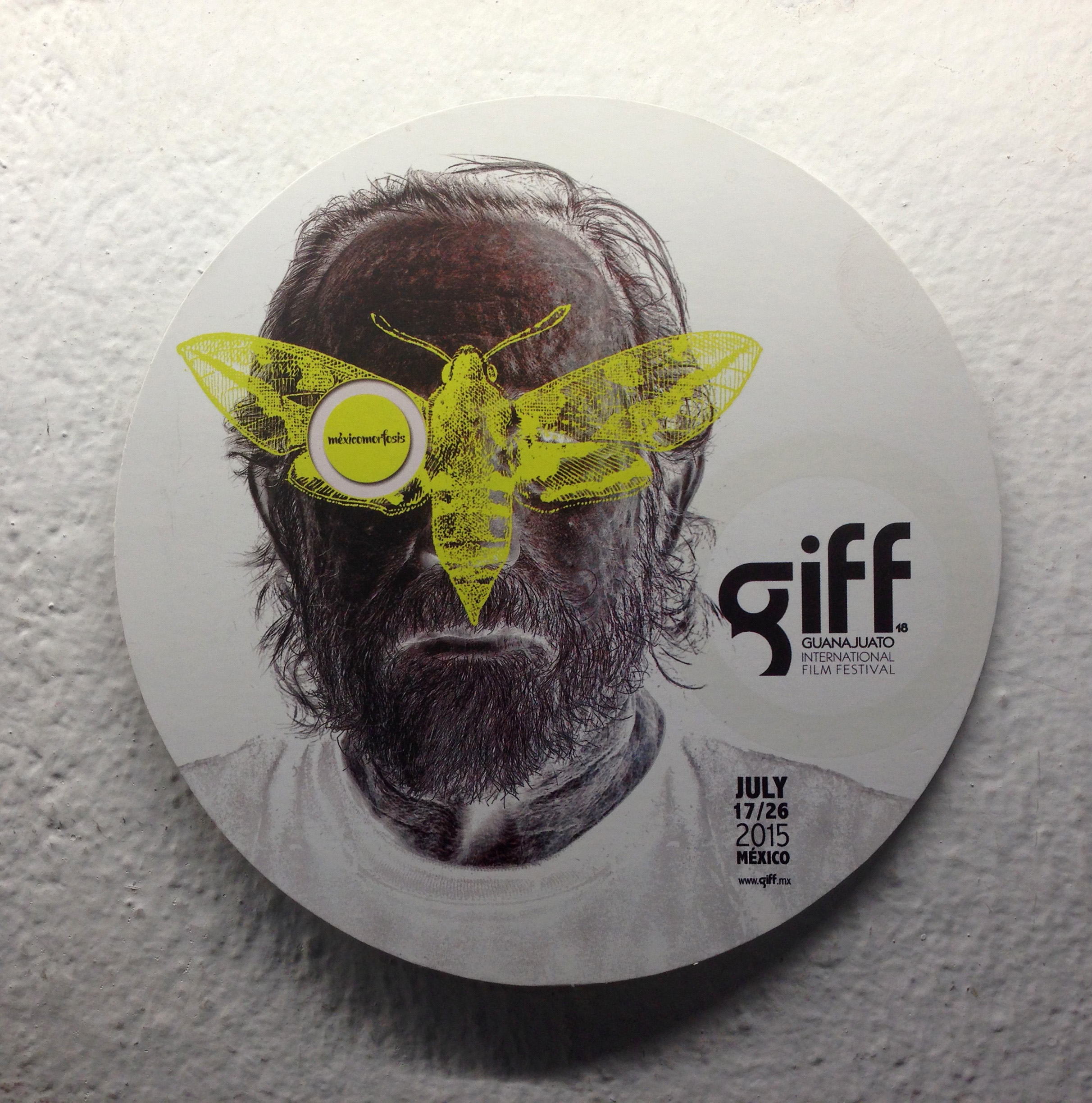Bus System Map (GTO)
Guanajuato, Mexico. A very large wall map using string, pins and labels
Guanajuato, Mexico. A very large wall map using string, pins and labels

Guanajuato, Mexico. Museo Ex Convento Dieguino is a boring little excavation site underneath a cathedral. One side is real architecture and the other side is a photo mural to "fill out" the space. Can you tell which is which?



Guanajuato, Mexico. Fabric with large shafts of wheat

Patzcuaro, Mexico. The colonial heritage of this historical city (1320) is protected through regulations regarding architecture, maintaining the red lower and white upper facades of the buildings. The regulations extend to the typography of signage as well. Use of the first letter as red with black lettering on a white background, use of an incised typeface, and use of a capitol "O" treated as lower case, with a tilde. The term "tilde" comes from Spanish "titilus" latin meaning title or superscription. Originally it was used above a letter, as a way of abbreviating longer words and saving space. Note that a font named "Patzcuaro" was designed in 2000 by Frantisek Storm (Storm Type Foundry), in upper case only, regular and estrecho. In spite of these regulations, there are many variations to be seen around town.







Guanajuato, Mexico. El Dia de los Muertos. This poster for a public art event is an example of the constant reinterpretation of "La Calavera Catrina", the original etching by Jose Guadalupe Posada, 1910. This one made up of plants and insects.


City Posters with an edgy, contemporary twist on Catrina's style



Awesome Angelito's costumes, made from newspaper and cornhusks

Variety of temporary street art pasted on the walls of the Callejones, representing artists of every age, from children to adults.






Created by University of Guanajuato students, pavement art similar to the altares con afrendas, honor dead scholars in various depts of study. Materials include flowers, leaves, beans, sawdust, spices...




Guanajuato, Mexico. A mystery museum with a little figure on the front bannister, a child-size photo op.

Guanajuato, Mexico. Poster for the International film festival graphics, incorporating the city map. The giff logo for the festival is a nod to the gto Guanajuato logo (directly below in black), using a different font, but keeping the open g.





Guanajuato, Mexico. A new addition to the pantheon of scary clowns

San Luis Obispo, CA. Upside down table lamps at Kreutzberg Cafe,


Guanajuato, Mexico. The annual International Arts Festival celebrates all things Cervantes, particularly Don Quixote. Street program and wayfinding signage for this city wide international Arts festival is complicated, with many venues, indoors and out. This station has interactive revolving panels that allow people to rearrange some of Cervante's phrases, randomly. Like kitchen magnets. Great uses of space around town include an outdoor cinema on the steps of the university. Creative installations everywhere.



The festival graphics for this year uses two elements, the Spanish "collar" and the windmill, used upside down, in various patterned treatments, and in animation.




Guanajuato, Mexico. The museum's collection consists of naturally mummified corpses unearthed after a Cholera epidemic. The museum is bare bones, without much interpretation. Most interesting is the visitor interactions, which are visceral.. One large vitrine (unintentionally) reflects the image of the mummies onto the visitors. The English translation of the Juan Jaramillo label is written in first person and humorous. They say the museum is haunted. On the way out the visitors are offered a photo op, to stand inside a dingy coffin. Most of them prefer to sit in the nearby alcove.







Stanford, CA. Exhibition of Nick Cave's wearable sound sculptures. Nick Cave is Chair of the Fashion Design School of the Art Institute in Chicago, and his work made from found ocllectibles is extraordinary, crossing over design, community, ritual and performance Art. The exhibition banners show the backside of the "Soundsuits", a view you cannot get inside the exhibition.



